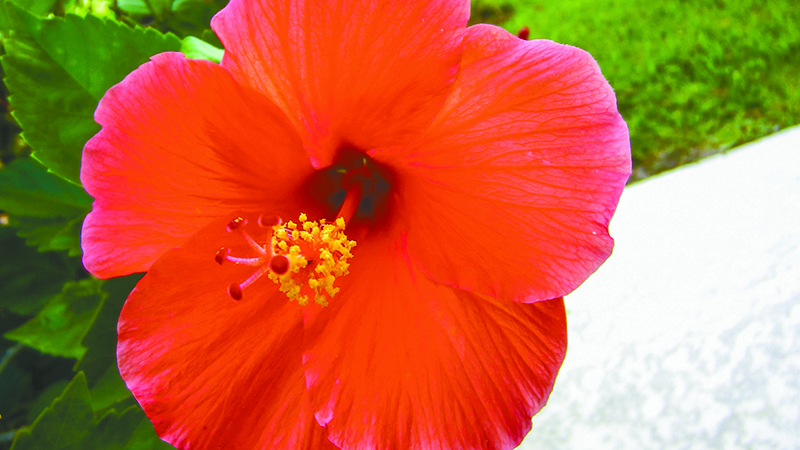OUT IN THE YARD — Attracting butterflies to the garden
Published 12:07 am Thursday, April 2, 2020
|
Getting your Trinity Audio player ready...
|
In our busy lives, it is easy to pass by dozens of butterflies each day without a second glance. However, now that many of us are home all day, we can appreciate butterflies even more.
They dance around the roadside wildflowers and native plants of the forest in a visual symphony of color. With a little bit of effort, you too can enjoy this colorful display in your own backyard. To attract butterflies to your garden, you need to have good sources of nectar, a place for butterflies to lay their eggs, and food for their caterpillars to eat.
Butterfly larvae or caterpillars are picky eaters. They only like to eat specific host plants. The host plant is where the butterfly lays its eggs. For example, the black swallowtail butterfly larvae will only eat dill, fennel or parsley, the gulf fritillary larvae eats passion vines, and monarch larvae only like milkweeds. Don’t be surprised if dozens of caterpillars eat your host plant to the ground, so plant more than one. Without host plants, butterflies would not exist.
When planting nectar sources for adult butterflies, plant a diverse selection of brightly colored flowers that are flat-topped or clustered in various heights and with different bloom periods. The flat-topped flower provides them a place to land while their tongue or proboscis drinks nectar from the flower. Butterflies don’t just look for nectar in the spring; they need nectar sources in all seasons. Native plants, such as blue mistflower, lantana, purple coneflower and scarlet sage, are desirable nectar sources, easy to grow and a great addition to the landscape. You can also plant pentas, salvia, verbena, and zinnia to entice these beautiful creatures into your gardens. While growing these plants, remember to not use insecticides. A butterfly is an insect, and they will die too.
When creating a habitat for butterflies, you also need to include a water source, flat stones, and a wind break. Butterflies get minerals, salt, and other nutrients from a mixture of soil, sand, and water. This can be accomplished with mud puddles or a bird bath that contains these three ingredients. A flat stone gives butterflies a place to perch and sunbath so that they can raise their body temperature and fly. The windbreak, which can be shrubs or fences, provides butterflies with the calm conditions they prefer.
If you follow these steps, you can enjoy the dance of the butterflies too.
Reach Jefferson County Master Gardener Melissa Starr at melynstarr@hotmail.com or call Texas AgriLife at 409-835-8461.






